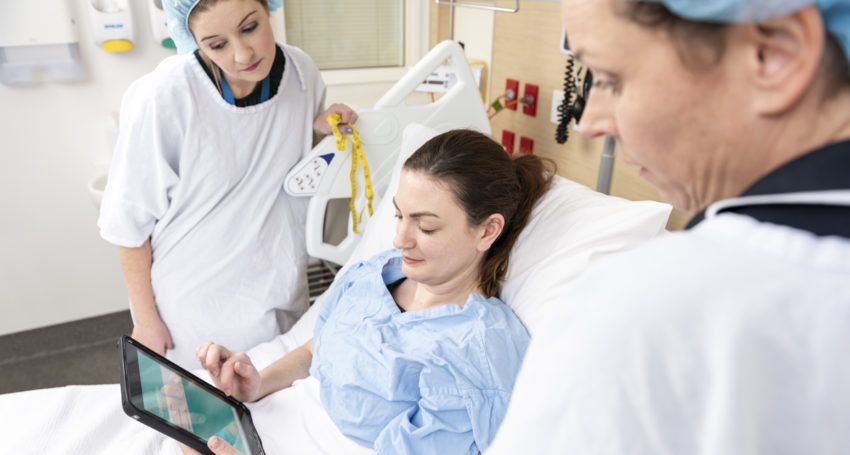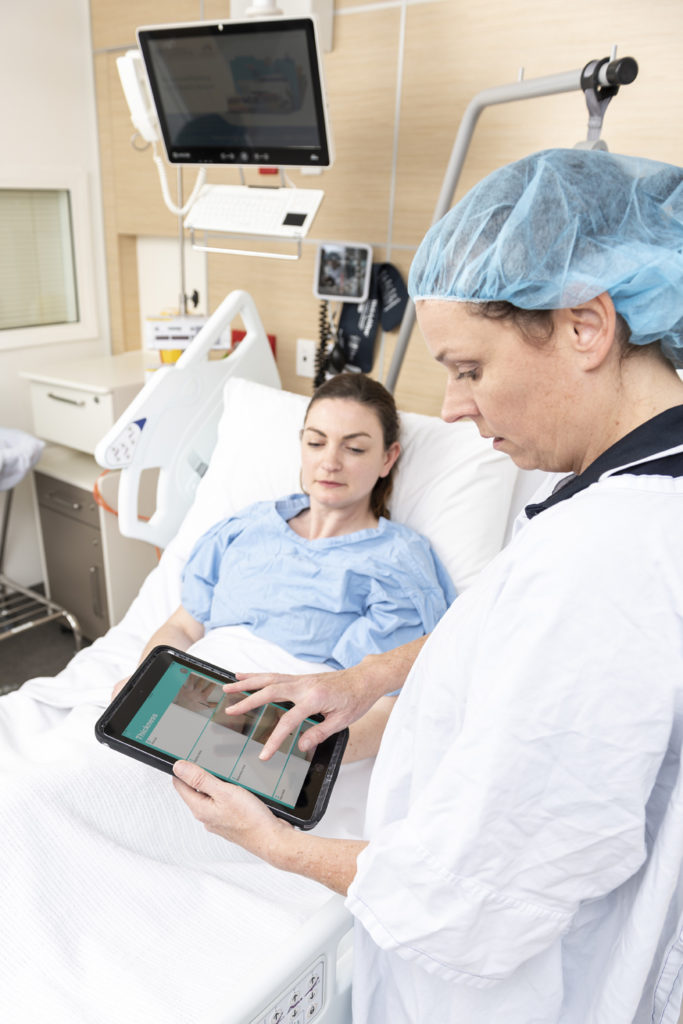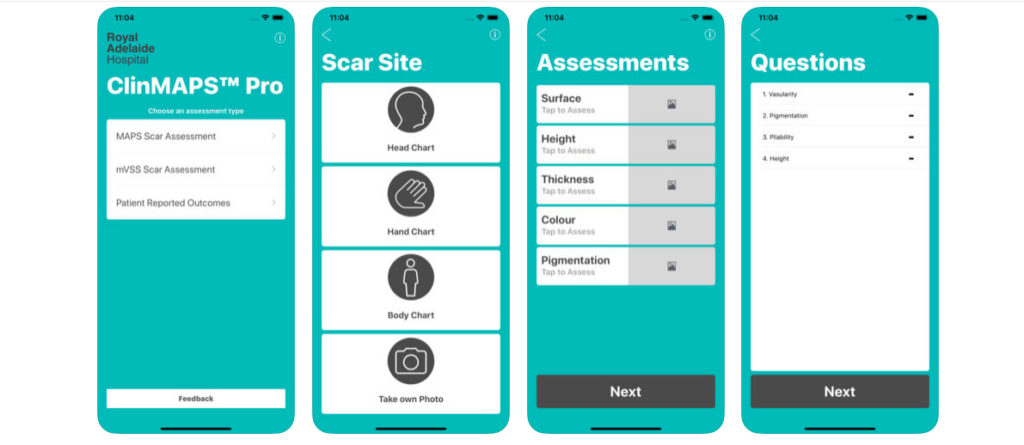Scar assessment app prepares for international launch
Health & Medical
An Australian app that measures the healing progress of burns scars is being tailored for the Asian market just weeks after launching.

Sign up to receive notifications about new stories in this category.
Thank you for subscribing to story notifications.

The ClinMAPS PRO app launched on the App Store last month. It allows clinicians to compare a patient’s scars with standardised photos of other scars to assess surface, height, thickness, colour and pigmentation. A score using the Modified Vancouver Scar Scale can also be given to indicate how active the scar is.
A report can then be printed or emailed and kept on file so the progress of the scar can be accurately tracked for subsequent assessments.
The app, which sells for A$14.99 is the result of a collaboration between the Royal Adelaide Hospital and South Australian company AusHealth, which commercialises medical research in the state.
AusHealth Managing Director and CEO Greg Johansen said the first international versions of the app would be launched this year for South East Asia, Japan and the United States, which all used different scales for assessing scars.
“I took the idea on a trip to Singapore and met with the President of the Asia Pacific Burns Association Dr Si Jack Chong, who is also the Singapore General Hospital Plastic and Reconstructive Surgery Head and he thought it was a great idea,” he said.
“That led us to a meeting with Professor Rei Ogawa from the Japan Scar Workshop in Tokyo and they are also keen to include their system of keloid scar assessment in the next version of our app.”

Picture: Liam West/Lightly Salted.
“What we’re going to do is list the different systems on the app but over time we will encourage the move to a unified system that includes the best aspects of each individual scale. This will help standardise burns scar assessment by clinicians worldwide.”
Johansen said the South East Asia version would be launched by Dr Chong at the Asia Pacific Burns Congress in Singapore in August and the Japan Scar Scale version by Professor Ogawa in Tokyo in November.
He said the American Burn Association had also shown interest.
“We’ve spent the last 12 months on development, we’ve got it on the market and now the next step is to start knocking on some doors and so far the reaction has been very positive,” Johansen said.
“It is purely word of mouth at the moment because we haven’t started the conference circuit yet. But my view is that it will end up as a standard tool for burns because it is so far ahead of anything else that’s being used.
“Clinicians can buy this app right now as it is but they will probably prefer it tailored to the scale they’re most familiar with.”
The app is based on the reference book, Matching Assessment using Photographs with Scars (MAPS), which was developed at the Royal Adelaide Hospital in 2005 by therapists working with burns patients in the South Australian capital.

It is aimed at burns specialists, GPs, burns nurses and anyone who regularly assesses burns scars.
The app ensures each assessment is objective – not based on a clinician’s previous memory of a scar – and should address variability if a different clinician conducts a future assessment. It can also be used by GPs in remote areas with results sent to burns specialists.
Senior Occupational Therapist with the Adult Burn Service at the Royal Adelaide Hospital Tanja Klotz said the ClinMAPS PRO app could accurately assess the severity of burn scars at any point in time.
“As the scar progresses, the score will either increase if the scar becomes worse or decrease as it reduces in activity, providing the clinician and the patient with an indicator of scar development and effectiveness of previous treatments used on the original wound,” she said.
“Other scar rating scales use numbers or words to describe what the scar looks like, but since every scar is quite unique, photos provide a much better comparison.”
Jump to next article



